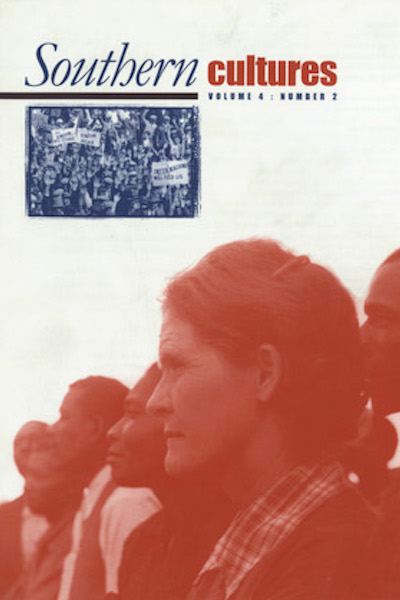By August 1802, the image of Thomas Jefferson had not yet been carved in stone, but it had at least been molded in wax. The likeness of the third president stood alongside twenty-four other famous figures on display in Georgetown. Adults handed over fifty cents to view the traveling exhibit; children paid half-price. Had this mobile wax museum been situated to die south, in Richmond, the paraffin statues might have toppled. An earthquake rocked the Virginia capital; its noise, according to one published report, resembled “the roaring of a chimney on fire.”
This article appears as an abstract above, the complete article can be accessed in Project Muse


